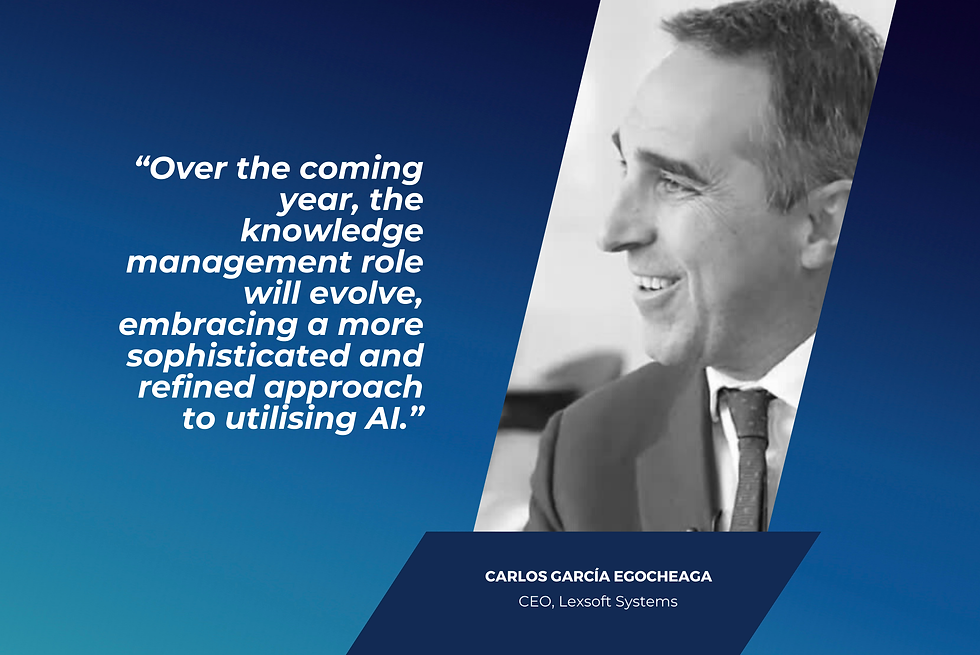Women and legaltech, a necessary pairing
- Global Legal Tech Hub

- Jul 20, 2022
- 3 min read
Updated: Sep 22, 2022
Sara Molina Perez-Tomé, Legal Management Consulting at Deloitte Legal

Technology is undoubtedly the result of evolution based on the needs of human beings and arises as a way of improving, perfecting, analysing and favouring progress. For this reason, technology should be nothing more than an instrument, a means to an end, which is the evolution and prosperity of human beings without gender differences.
The position of women in the world in general, and in particular in the legal world, has always been conditioned by a factor known as the "glass ceiling". Now, this reality, which has been going on for decades, may be in a process of change with no return thanks to technology. Not because technology by itself is going to solve the problem, but because, when used properly, it contributes to increasing work efficiency and thus favouring work-life balance and co-responsibility, as well as generating a global cultural change.
The new tools that are arriving in the sector not only allow for new ways of providing professional services, which require less physical presence and greater flexibility in working time. They also facilitate new ways of getting work done, leading to time savings and greater efficiency. Moreover, the application of technological tools can enable more equal access to firms by eliminating, at least in theory, many of the biases or constraints that affect the recruitment of women.
Design thinking to eliminate biases
But women cannot be seen as mere users and beneficiaries of these technologies, nor can men be seen as their sole creators. The role of women in the ideation, development, testing and implementation or commissioning of these technologies is essential.
The good news is that there are methodologies such as design thinking that allow us to ensure that their role at all stages is respected and encouraged.
Indeed, design thinking is a creative, collaborative and iterative approach to people-centred problem solving. It is based on using the experiences and perspectives of real users to design or redesign a solution. The key is therefore not about being a woman, man, lawyer, designer, engineer or data scientist; rather it is about building or creating something together that is capable of delivering value.
Organisations that apply the five stages of design thinking to engage employees and iteratively redesign facets of the work environment that may be creating barriers will thus counteract the implicit gender biases that may be holding women back in technology projects themselves,
(figure 1): *

However, although we are still at an early stage for many of these technologies, their development and implementation are unstoppable. Not only because of the continuous technological progress, but also because of the consideration that in diverse teams (in all aspects) technology, well used and designed, can be both an amplifier and a facilitator of change that enhances the figure of women in the legaltech world. There are also more and more policies, rules and guidelines in favour of equality promoted by both political bodies (Government) and professional bodies (Bar Associations). In this sense, we can highlight initiatives such as those promoted by the Bar Associations of Madrid and Barcelona, among other corporations. The equality plans implemented by these Bar Associations do not mention with special emphasis their support for technology, but its importance is evident.
I will end by mentioning some that are carried out at the international level, such as the European Women of Legal Tech and Women of Legal Tech of the American Bar Association.
With this shared momentum, the support of technology and the promotion of sisterhood, women will increasingly gain the presence and relevance they deserve and which our societies urgently need.
Legal Management Consulting at Deloitte Legal




Comments